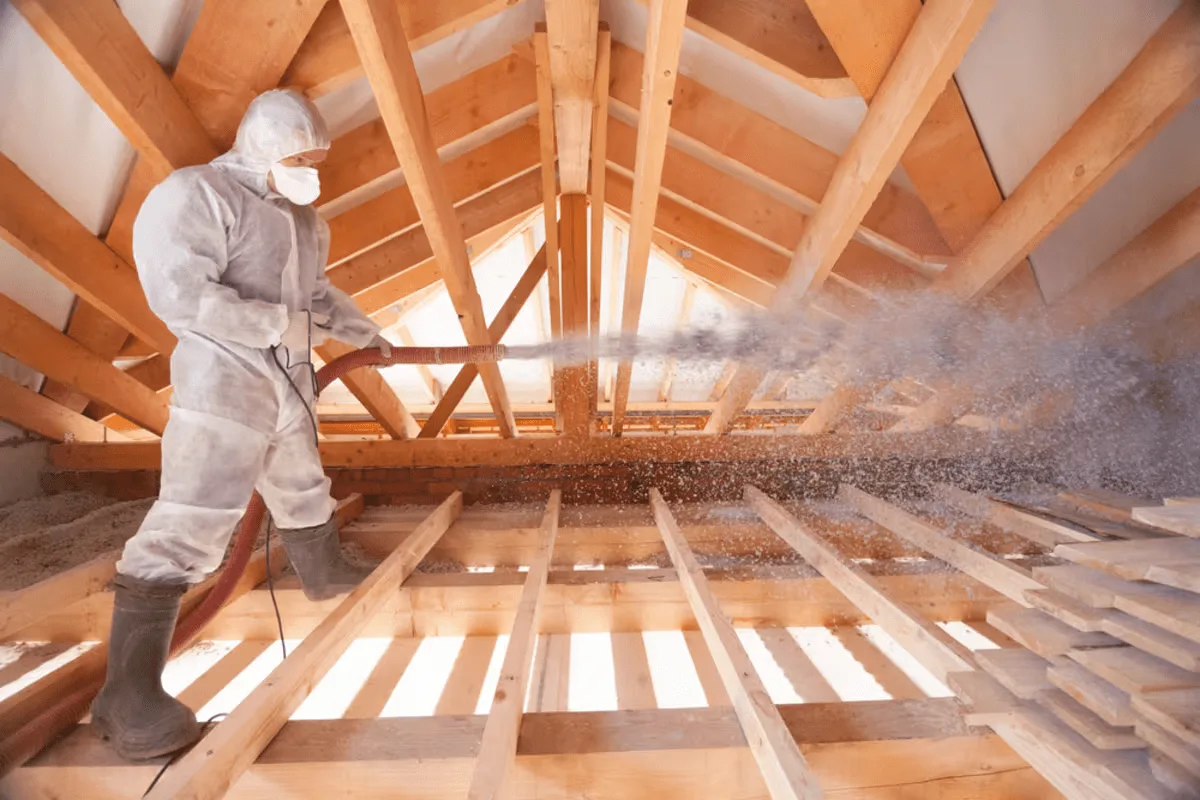If your home is flooded, it can be a devastating experience. Whether it’s due to severe weather or a burst pipe, dealing with the aftermath can be heartbreaking. It’s crucial to act immediately since mold can start to develop in as little as 24 hours. To help you be prepared, let’s go over some essential steps to take if your home is flooded.
Firstly, it’s vital to ensure that your home is safe before anyone returns after severe weather. Flood or hurricane waters can be unpredictable, making roads and bridges unsafe. Additionally, there could be hazards from electricity, utility lines, and gas tanks. Follow the directions from authorities and equip yourself with protective gear like rubber boots, a hard hat, face mask, and gloves.
If the issue is plumbing-related, the first step is to address the source and turn off the water to prevent further damage. It’s also advised to turn off electricity and gas to your home. Wear proper equipment when turning these utilities off and only do so from a dry area. If the breaker box is in a wet area or there are similar hazards, seek help. Once the area is secure, contact a professional to repair the piping and restore water function.
Regardless of the cause, it’s recommended to hire a professional to perform a water damage inspection. These professionals can address any potential long-term safety hazards and structural problems before they worsen or become permanent. Depending on the flood’s severity, performing this inspection yourself may be unsafe as the home could be unstable or hazardous due to contaminated water.
You can tell if water is contaminated by its color. White water is typically regarded as safe to remove yourself, while gray or black water is considered hazardous and should be handled by a professional. During the inspection, the structure’s stability should be determined, and all damage should be documented with pictures and time stamps for insurance purposes.
Next, contact your insurance companies, including flood insurance (if you have it), homeowners or renters’ insurance, and your auto insurance company if your vehicle has been damaged. Gather essential documents to help with insurance purposes and supporting life away from the house.
As action needs to be taken quickly, start by removing any water from the house, especially standing water. Use a sump pump, mops, dehumidifiers, and other gear to get the water out without delay. Sterilization should also be prioritized as soon as possible to prevent the incubation of mold spores.
For more information on how to address a house flood, refer to the accompanying resource.
Resources
https://www.angi.com/articles/comprehensive-flood-remediation-checklist.htm
https://www.groundworks.com/resources/post-flood-checklist-for-homeowners/
https://jenkinsrestorations.com/steps-to-take-after-water-damage/



